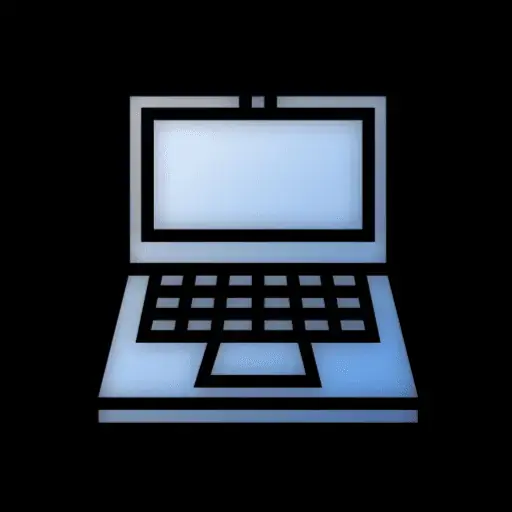

Put a rescue distro on a USB stick. When you first boot the laptop, use the rescue distro. Write down the USB IDs (lsusb) and PCI IDs (lspci). Read through the kernel boot log (sudo dmesg | less) and write down the names of any kernel drivers that might matter; WiFi, GPUs, USB bridges, and keyboard layouts are important in particular. For laptops, look up manufacturer-specific drivers for keyboards, fans, and power management.
Linux requires about 8MiB of RAM to boot. The entire netbook movement relied on machines with 2GiB or less; I remember putting Linux onto a 2GiB Sony VAIO that had struggled to boot Windows. Your laptops aren’t too small, but you may be choosing distros with poor hardware support or large monolithic packages. I bet that one of Debian, Gentoo, or NixOS would boot on those machines that still work; of those, Debian is probably easiest.
Old laptops sucks. Windows use to be very efficient. XP and 7 has held up very well after all these years. And most importantly Linux isn’t a one size fits all solution.
Nah, Windows sucked back then too. If a machine boots Windows XP or Windows 7, then it can easily be made to boot an out-of-the-box Linux distro. The Asus machine you listed might have some boot issues, but the Acer and Dell do not appear different from any of the Acers or Dells that I’ve put Linux on in the past decade. My daily driver is a $150 refurbished Dell Latitude 5390 running NixOS.



Also, the author has a standalone blog post on the topic from 2011, Expression Parsing Made Easy.